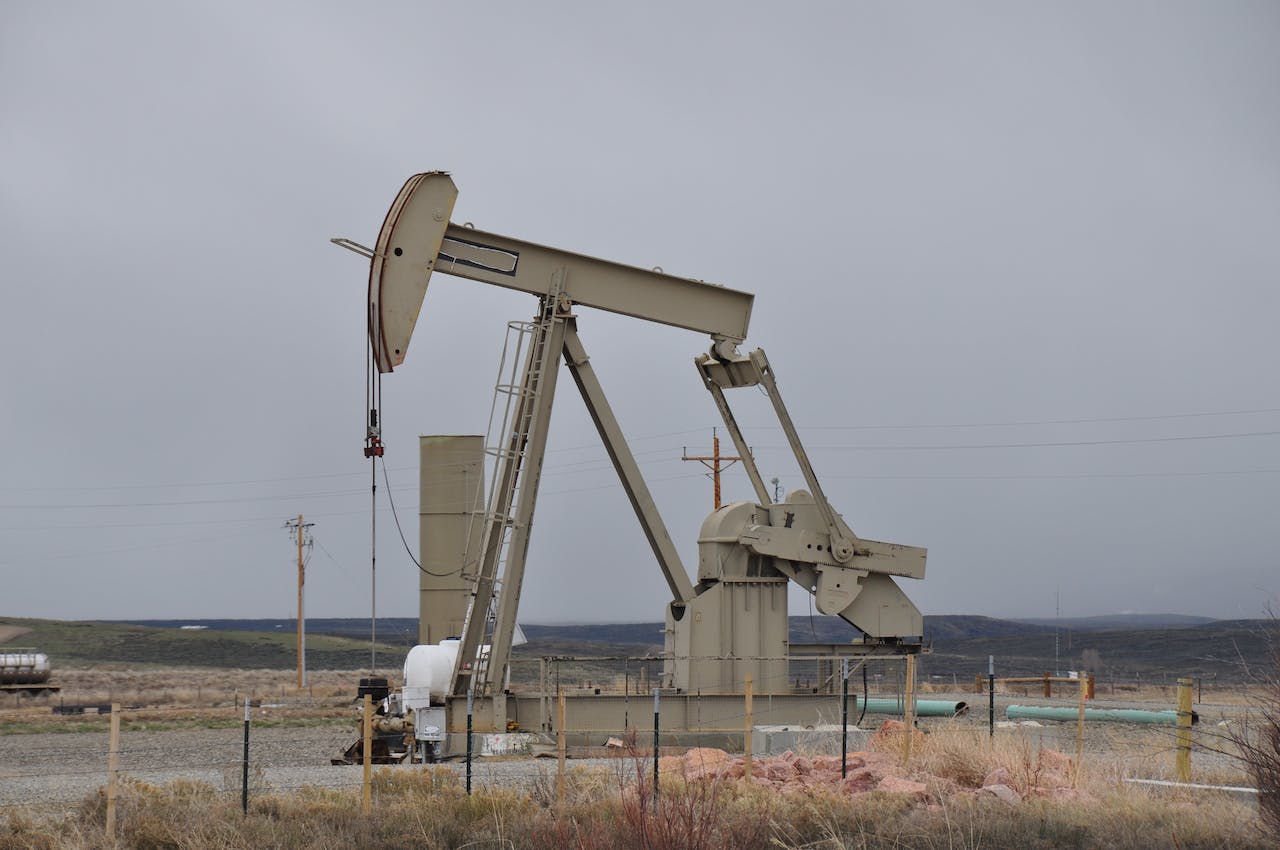On Monday, oil prices faced a decline, as the Brent benchmark slid below the $80-per-barrel threshold, exerting downward pressure on the market. Investors, apprehensive about the outcome of this week’s OPEC+ meeting, closely monitored the potential for supply curbs that could extend into 2024.
Brent crude futures witnessed a decline of 91 cents, representing a 1.1% drop to $79.67 per barrel. Concurrently, US West Texas Intermediate (WTI) crude futures saw a decrease of 89 cents, or 1.2%, settling at $74.65.
The initial decline of $1 in both contracts during early trading marked a setback after the commodities achieved their first weekly gains in five weeks. This surge was driven by the prevailing expectation that Saudi Arabia and Russia might prolong voluntary supply cuts into the early months of 2024, coupled with discussions within OPEC+ about potential output reductions.
However, mid-week witnessed a reversal in this positive trend following the postponement of a ministerial meeting by the Organization of the Petroleum Exporting Countries and its allies, including Russia. The delay, until Nov. 30, was aimed at resolving disagreements over production targets for African producers. Subsequently, the group has reportedly moved closer to a consensus, according to sources within OPEC+.
Despite the optimistic outlook, market sentiment remains pessimistic due to internal disputes within OPEC+ concerning production quotas. Analysts at ING expressed concern, emphasizing the importance of Saudi Arabia continuing its additional voluntary cut of 1 million barrels per day into the upcoming year to prevent further downward pressure on oil prices.
Goldman Sachs analysts noted a decline in estimated exports by OPEC countries to 1.3 million barrels per day below April levels, aligning with the group’s supply targets. The bank anticipates an extension of the unilateral cuts by Saudi Arabia and Russia through at least the first quarter of 2024. However, the United Arab Emirates plans to increase exports of its flagship Murban crude early next year.
In the United States, analysts warn that higher crude stockpiles could contribute to additional downward pressure on oil prices. Meanwhile, Iraq continues its efforts to resume northern crude exports via Turkey. Iraqi oil officials are scheduled to meet with representatives of international oil companies and Kurdish officials in early December to discuss crucial contract changes.
The International Energy Agency’s forecast of a slight surplus in global oil markets in 2024, even with potential OPEC+ extensions, raises concerns. Commonwealth Bank analyst Vivek Dhar emphasized the need for significant supply discipline from OPEC+ or, at the very least, effective communication to alleviate fears of a deep surplus in oil markets next year, especially with the IEA predicting a modest growth of 0.9 million bpd in global oil demand for 2024, down from 2.4 million bpd in 2023.
Lastly, geopolitical tensions in the Middle East have somewhat eased, contributing to the stabilization of oil prices following a ceasefire in Gaza and the resolution of a hostage exchange. The market will continue to closely monitor developments as the OPEC+ meeting unfolds in the coming days.
In conclusion, the recent developments, including uncertainties surrounding OPEC+ decisions and global supply dynamics, contribute to the prevailing downward pressure on oil prices, shaping the landscape of the energy market in the near future.
Source: Reuters



